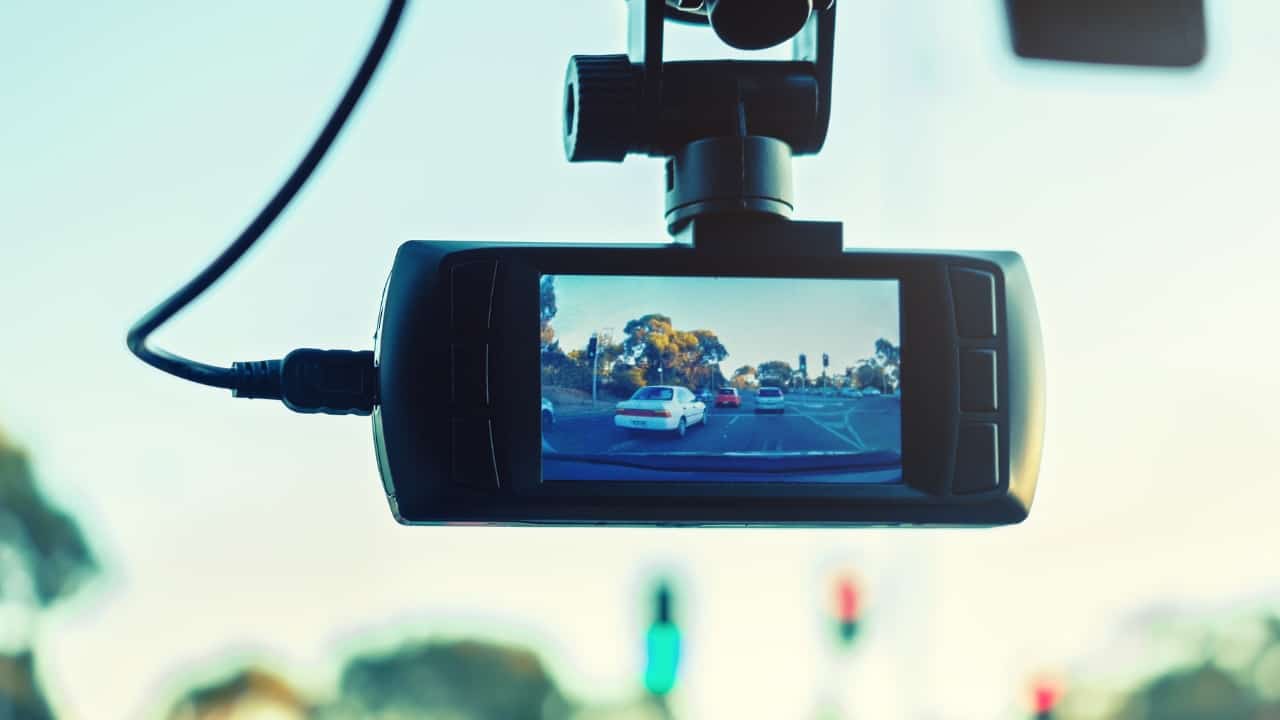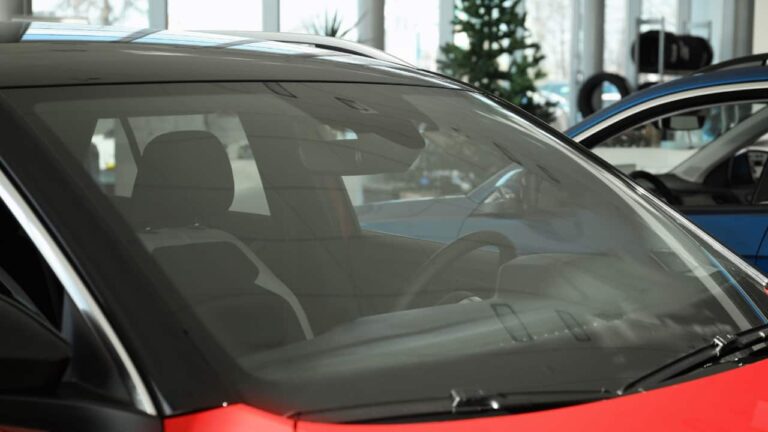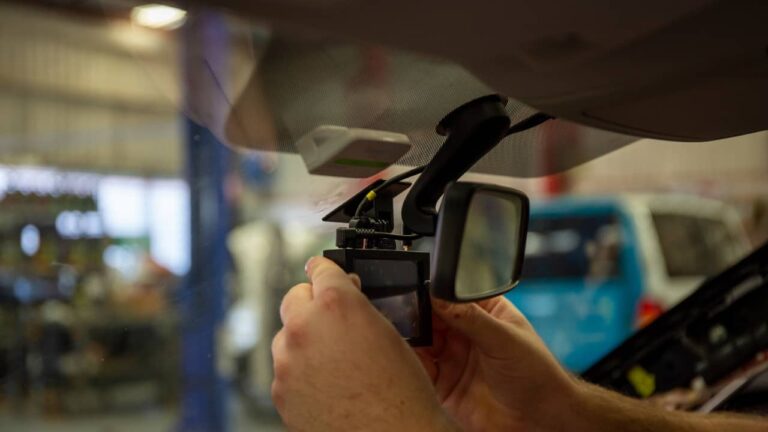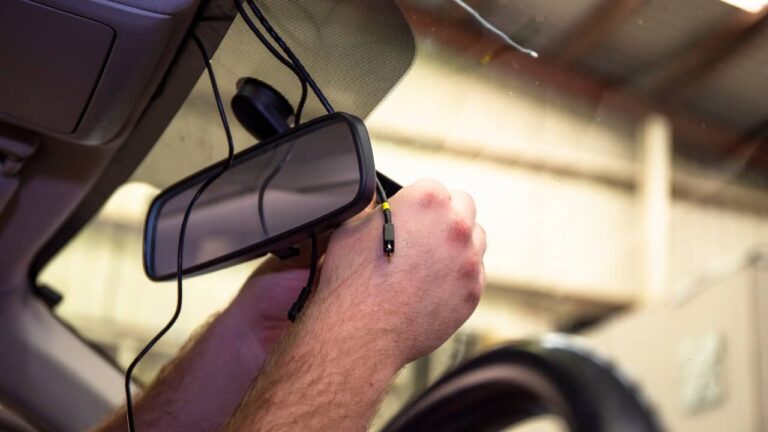What is Loop Recording on a Dash Cam? A Clear Explanation

When you purchase through links on our site, we may earn an affiliate commission.
Loop recording is a feature commonly found in dash cams that allows continuous recording of video footage without the need for manual intervention. This feature is particularly useful for those who spend a lot of time on the road, as it ensures that all important events are captured on camera, even if the memory card is full. In this article, we will explore what loop recording is, how it works, and why it is important for drivers.
When you turn on your dash cam, it starts recording video footage onto a memory card. Once the memory card is full, the dash cam will either stop recording or overwrite the oldest footage. This is where loop recording comes in – it automatically deletes the oldest footage and replaces it with new footage, allowing for continuous recording. The length of the loop can vary depending on the dash cam, but most devices offer loop lengths of 1, 3, or 5 minutes.
Understanding Loop Recording
Definition of Loop Recording
Loop recording is a feature found in most dash cams that allows continuous recording of video footage by overwriting the oldest files when the memory card is full. This means that you don’t have to worry about running out of storage space on your dash cam, as it will automatically delete the oldest files to make room for new ones.
How Loop Recording Works
When you turn on your dash cam, it starts recording video footage onto the memory card. Once the memory card is full, the dash cam will automatically start overwriting the oldest files with new ones. This process continues until you manually stop the recording or until the dash cam runs out of power.
Most dash cams have a loop recording time of 1-3 minutes. This means that the dash cam will record for a set amount of time and then start a new recording. This helps to ensure that the video footage is organized and easy to find.
Loop recording is a useful feature for those who want to continuously record their journeys without having to worry about running out of storage space. It’s also a great way to ensure that you always have the most recent footage available in case of an accident or other incident on the road.
Benefits of Loop Recording
Continuous Recording
One of the primary benefits of loop recording on a dash cam is the ability to continuously record footage without having to worry about running out of storage space. Loop recording allows the dash cam to automatically overwrite the oldest footage when the storage capacity is full, ensuring that you always have the most recent footage available.
Efficient Storage Management
Loop recording also helps with efficient storage management. Rather than having to manually delete old footage or swap out memory cards, loop recording takes care of this automatically. This means less hassle and more time spent on the road.
Incident Capture Assurance
Another key benefit of loop recording is that it provides incident capture assurance. In the event of an accident or other incident, loop recording ensures that the footage leading up to and including the event is captured and saved. This can be invaluable when it comes to insurance claims or legal proceedings.
Overall, loop recording is a valuable feature to have on your dash cam. It provides continuous recording, efficient storage management, and incident capture assurance, all of which can help protect you on the road.
Setting Up Loop Recording
Loop recording is an essential feature of a dash cam that allows continuous recording of events on the road. Here’s how you can set up loop recording on your dash cam.
Adjusting Loop Recording Duration
Loop recording duration determines the length of time the dash cam records before overwriting the oldest footage. Most dash cams come with a default loop recording duration of 3-5 minutes. However, you can adjust it to suit your needs.
To adjust loop recording duration, follow these steps:
- Access the dash cam settings menu.
- Look for the loop recording settings option.
- Select the desired loop recording duration from the available options.
- Save the changes.
It’s important to note that longer loop recording durations may consume more storage space, which brings us to the next subsection.
Managing Storage and Overwrites
Loop recording requires sufficient storage space to function properly. When the storage space is full, the dash cam overwrites the oldest footage to make room for new recordings. However, some dash cams allow you to protect specific footage from overwriting.
Here are some tips for managing storage and overwrites:
- Use a high-capacity memory card to ensure sufficient storage space.
- Regularly transfer footage to your computer or external storage device to free up space.
- Protect important footage from overwriting by locking it in the dash cam’s memory.
- Consider dash cams with automatic overwrite protection or cloud storage options.
By following these tips, you can ensure that your dash cam’s loop recording function works effectively and efficiently.
Considerations and Limitations
Video Quality and File Size
When using loop recording on a dash cam, it’s important to consider the video quality and file size. The higher the video quality, the larger the file size will be. This means that if you’re using loop recording with high-quality video, you may need to replace the memory card more frequently.
It’s also important to note that if you’re using loop recording with a low-quality video setting, the footage may not be clear enough to be useful in the event of an accident or other incident. Therefore, it’s recommended to use loop recording with a video quality setting that strikes a balance between clarity and file size.
Data Overwrite Scenarios
Another consideration when using loop recording is the potential for data to be overwritten. In a typical loop recording scenario, the oldest footage is automatically deleted to make room for new footage. However, if an incident occurs and you need to save the footage, it’s important to do so before it’s overwritten.
To avoid losing important footage, some dash cams have a “parking mode” that will save footage in the event of an impact, even if loop recording is enabled. Additionally, some dash cams allow you to lock specific files to prevent them from being overwritten.
Legal and Privacy Concerns
When using a dash cam with loop recording, it’s important to be aware of any legal or privacy concerns. In some states or countries, it may be illegal to record audio without consent. Additionally, if you’re recording footage in a private location, such as a parking lot, you may be infringing on someone’s privacy.
To avoid legal or privacy issues, it’s recommended to research the laws in your area and to use loop recording only in public locations where recording is legal. Additionally, some dash cams allow you to turn off audio recording or to blur out license plates and faces in the footage.
Conclusion
In conclusion, loop recording is a valuable feature to have on your dash cam. It allows you to continuously record footage without worrying about running out of storage space. With loop recording, you can be sure that your dash cam is always recording and ready to capture any incidents that may occur on the road.
By automatically overwriting the oldest footage, loop recording ensures that you always have the most recent footage available. This can be especially useful in the event of an accident, as it allows you to provide the most up-to-date evidence to your insurance company or law enforcement.
When choosing a dash cam, be sure to look for one with loop recording capabilities. This feature can give you peace of mind and ensure that you always have a record of your time on the road.





